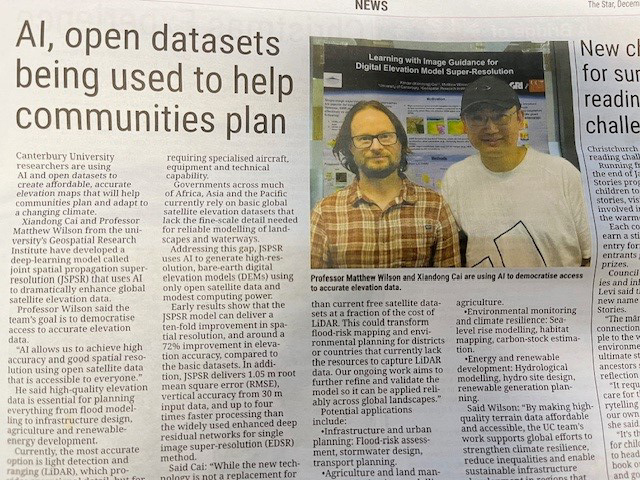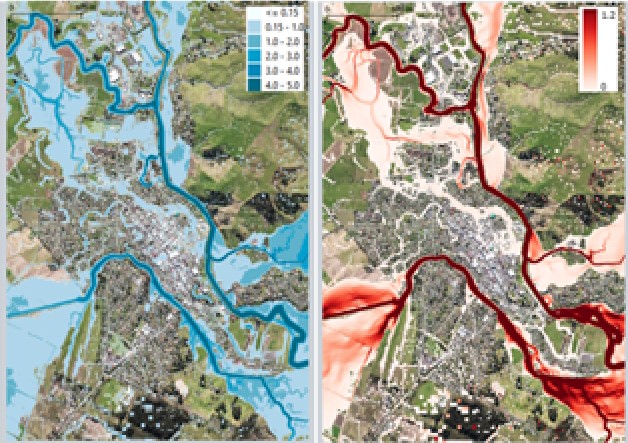Our Research
We develop novel geospatial technologies and methods in areas of critical importance for sustainable development. Our work is driven by open data and software; in return, our research outputs are openly available.
Mission
- Our mission is to be a national centre of gravity for geospatial research to deliver transdisciplinary solutions that enables the benefits of spatial information technology to be fully realised.
Work With Us
We are happy to discuss how we can work with you to conduct research or use our expertise to solve your problems.




